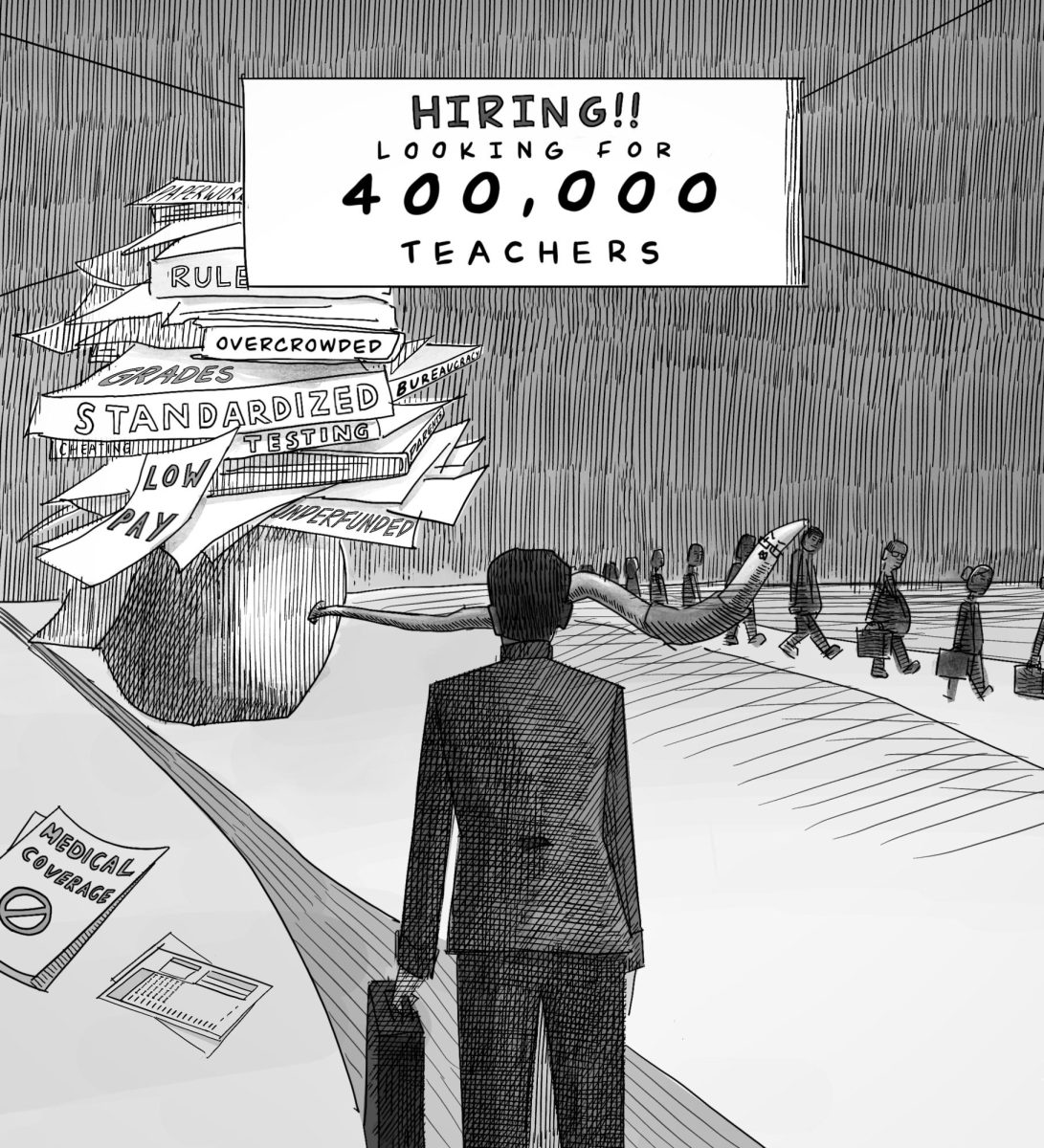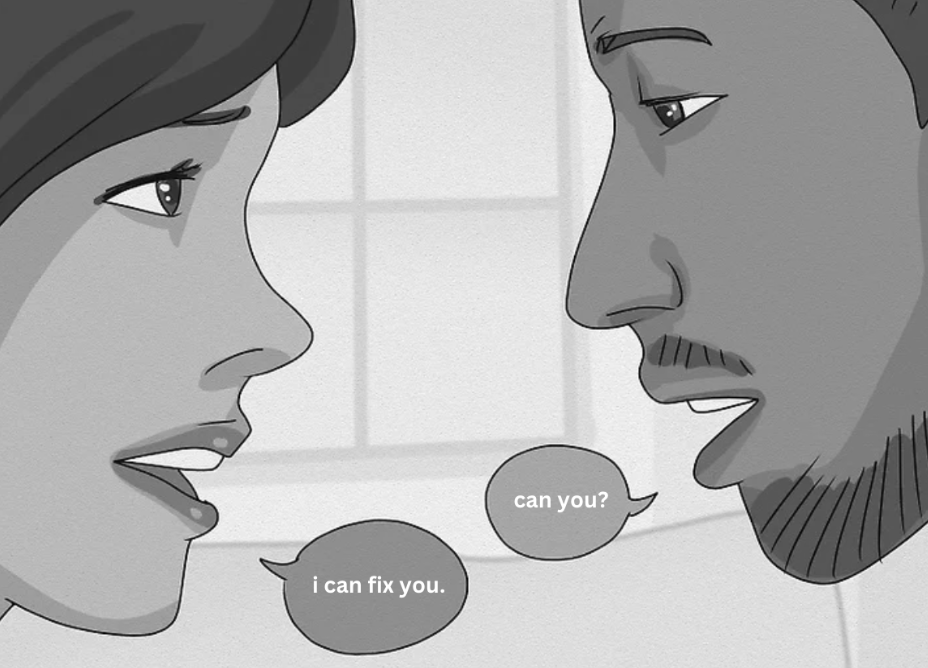Following the steady rise in IQ scores throughout the 20th century, scores in America have suddenly begun to decline. Termed by scientists as the Reverse-Flynn Effect, Americans’ scores dropped in all categories but spatial reasoning. This phenomenon is particularly evident within young adults ages 18-22.
This may come as a shock; after all, we do tend to associate technological advancements and increased educational attainment with increased intelligence. With stores of information at our fingertips, it should be easier than ever to grow more knowledgeable. However, all statistics reflect that the opposite is happening: US children are getting dumber. The Organization for Economic Cooperation and Development reported a 10-year decline in reading, math, and science performance among 15-year-olds.
The likely culprit? Technology. Over the past few years, technology has rapidly become a cornerstone of American society. It’s changing the way we learn, the way we live, and the way we think. The pros are undeniable; we now have unparalleled access to stores of information, through internet databases, news sites, and YouTube videos. However, despite the fact that we now collectively have more information, few are taking advantage of it to learn. Recent statistics show that people, unsurprisingly, would much rather spend time browsing TikTok, than reading scientific journals. In fact, American teens spend a staggering 4.8 hours on social media a day.
The consequences of this are apparent. Psychologist Gloria Mark found a 70% decrease in attention span over the past 20 years, reporting that now “people can pay attention to one screen for an average of only forty-seven seconds.” This creates a problem in classrooms; students find it difficult to focus for sustained periods and have a harder time understanding concepts, reflected through declining test performance. Although test scores aren’t always an accurate indicator of academic ability, an overall worsening trend highlights a deeper problem.
Reading has also been replaced, with many young people choosing to play video games or doom-scroll social media instead, leading to a decline in media literacy. The videos of teachers bemoaning hoards of illiterate children are not just TikTok jokes; they highlight a very real and serious problem in the US: children have stopped reading for pleasure. According to America’s National Assessment of Educational Progress, the number of 13-year-olds reading for fun has decreased down to 14%, with nearly a third of children reporting not reading at all. And while people may argue that reading done through social media is still reading, it’s clear that, as Catherine Snow, a professor of cognition and education at Harvard puts it, “they’re not reading in the ways that they need to read in order to be prepared for the tasks of learning and critical thinking.”
The rise of artificial intelligence and online chatbots have only compounded this issue, as it is increasingly making thinking optional; after all, why come up with your own sentences when you can just ask ChatGPT? We are seeing an increase in AI usage, resulting in a growing dependence as more and more children are now struggling to engage in deeper thinking and critical analysis on their own.













